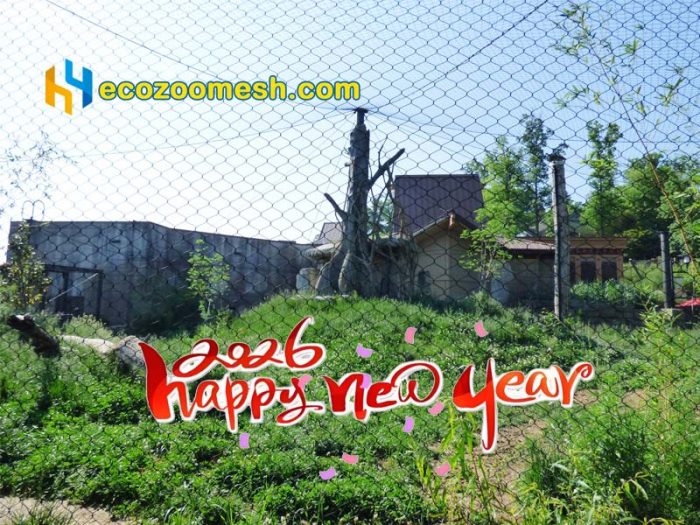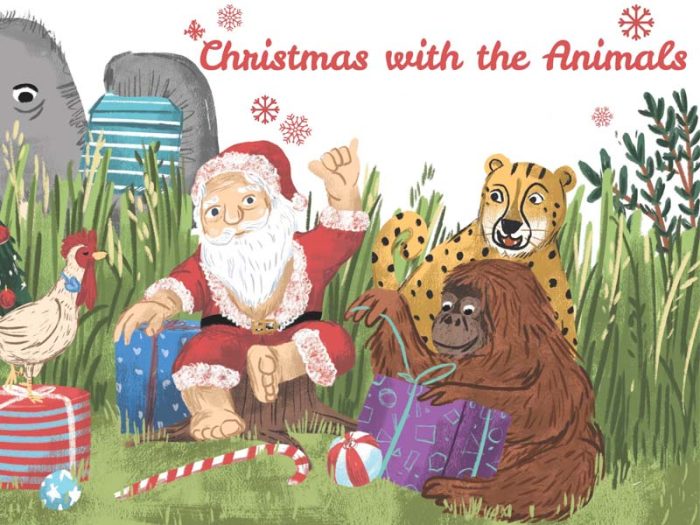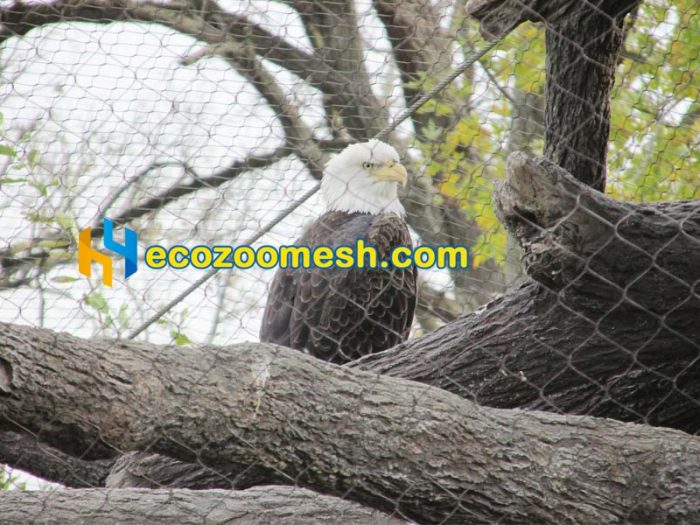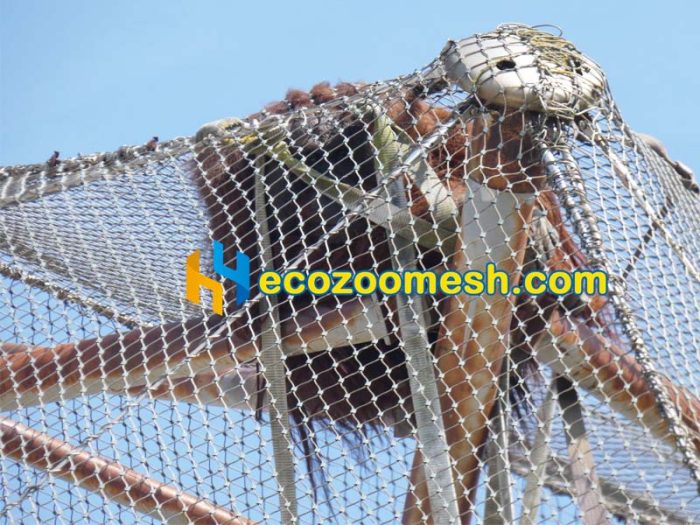Monkey Channel Netting with Flexible Steel Cable Mesh

Hand-woven cable netting shipping to Europe
2024-10-17
Canadian Zoo Handrail Mesh with black steel rope order shipping
2024-11-01Monkey Channel Netting with Flexible Steel Cable Mesh
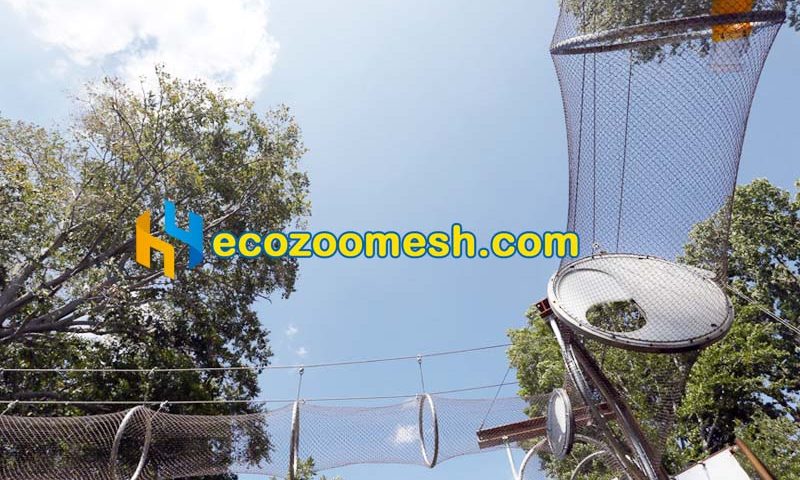
Monkey channel netting is also called zoo tunnel mesh.
Monkey channel netting is an excellent creative design that has emerged in recent years. The tunnel mesh is made with flexible steel cable mesh. It can be suspended in the woods, or an arch bridge can be made in the air and placed on top of it.
Monkeys are climbing experts. In the wild, they navigate through the trees, climbing and playing. In zoos, there isn’t as much space as in forests for primates to climb. However, not allowing them to climb high would suppress their natural instincts. Therefore, monkey channel netting was designed. It provides monkeys with a pathway from their enclosure to higher trees or open outdoor spaces. This design gives monkeys more room to move.
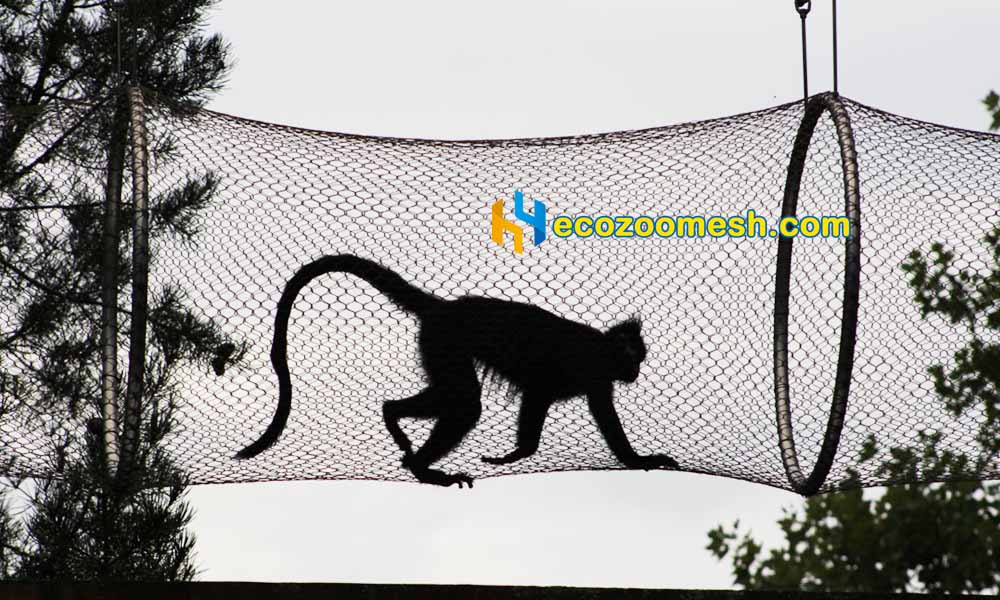
Concept of monkey channel netting
The idea of monkey channel netting arose from the need to create safe, durable enclosures for primates in zoos and sanctuaries.
The concept of specialized enclosures, including monkey channel netting, has evolved over time, influenced by various zoos and animal welfare experts. While it’s hard to pinpoint a single zoo or individual who first introduced the idea, the modern zoo movement in the late 19th and early 20th centuries focused on creating more naturalistic habitats. Institutions like the London Zoo and the Berlin Zoo were pioneers in developing enclosures that prioritized animal behavior and safety, leading to innovations like netting for primates.
Design
Material: Typically made from stainless steel or other robust materials to withstand wear and environmental conditions.
Mesh Structure: The netting features a fine mesh design that prevents escape while allowing visibility and airflow.
Flexibility: Designed to adapt to various enclosure shapes, accommodating the climbing and swinging behaviors of monkeys.
Purpose
Safety: Ensures that the primates remain secure while minimizing the risk of injury from sharp edges or weak materials.
Behavioral Enrichment: The netting supports natural behaviors like climbing and exploring, contributing to the animals’ physical and mental well-being.
Visibility: Provides a clear view for visitors while keeping the animals secure, enhancing the educational experience.


Development
The concept likely evolved from observing how primates interact with their environments, leading to innovations in enclosure designs that prioritize both animal welfare and visitor experience. Collaboration between zookeepers, animal behaviorists, and engineers has played a crucial role in refining these solutions.
Materials for monkey channel netting mesh construction
When designing monkey channel netting, several materials are particularly suitable due to their durability, safety, and functionality:
Stainless Steel
Durability: Resistant to rust and corrosion, making it ideal for outdoor use.
Strength: High tensile strength ensures it can withstand the weight and activity of primates.
Safety: Smooth edges can be designed to minimize injury risks.
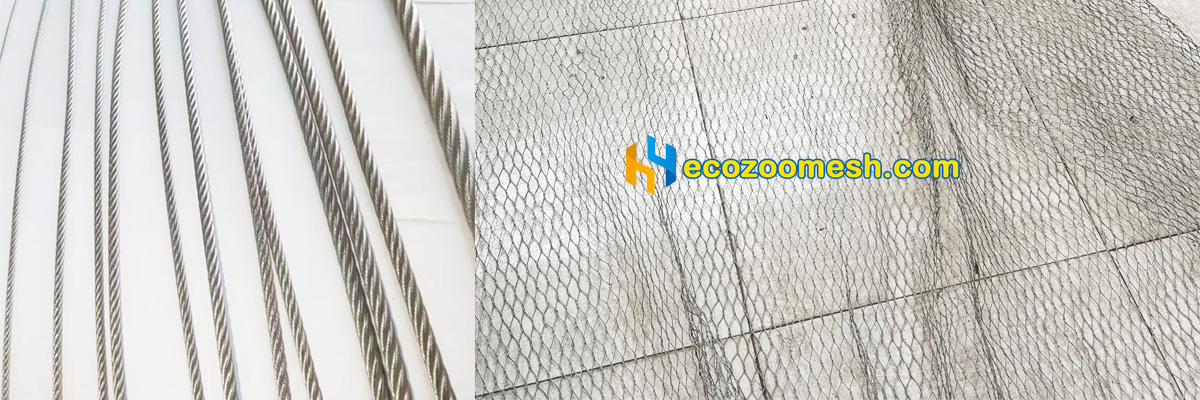
Galvanized Steel
Corrosion Resistance: Offers good protection against rust, although it may not be as durable as stainless steel in harsh environments.
Cost-Effectiveness: Generally less expensive than stainless steel.
High-Strength Polyethylene
Lightweight: Easier to install and manage.
Flexibility: Can absorb impacts, making it safer for the animals. However, it is not as durable as stainless steel wire rope mesh.
Aluminum
Lightweight and Corrosion-Resistant: Easier to handle compared to steel, but may not be as strong.
Applications: Often used for framework or supporting structures in conjunction with mesh.
Composite Materials
Innovative Solutions: Combining materials can optimize strength, weight, and resistance to environmental factors.
Customization: Allows for tailored solutions based on specific enclosure requirements.
Considerations for monkey channel netting
Safety: All materials should have smooth edges and be free from harmful coatings.
Maintenance: Materials should be easy to clean and maintain to ensure hygiene.
Environmental Impact: Choosing materials with lower environmental footprints is increasingly important.
Though each material has its pros and cons, stainless steel wire rope mesh must be the most cost effective material. The choice often depends on specific requirements of the enclosure, budget, and local conditions.

Other animals can use the channel netting
The design of monkey channel netting can be adapted for various other animals, particularly those that exhibit climbing or jumping behaviors. Here are a few examples of animals that could benefit from similar designs:
Other Primates
Species like lemurs, gibbons, and macaques can utilize the netting for climbing and swinging.
Birds
Many bird species, especially larger ones like parrots or raptors, could benefit from netting that allows for flight while keeping them contained.
Small Mammals
Animals like squirrels or raccoons that enjoy climbing could use netting for enriched habitats.
Reptiles
Some climbing reptiles, like iguanas, could benefit from similar netting in enclosures designed to allow vertical space.
Carnivores
Big cats or other climbing predators might use a modified version of this design for safe enclosures that encourage natural behaviors.
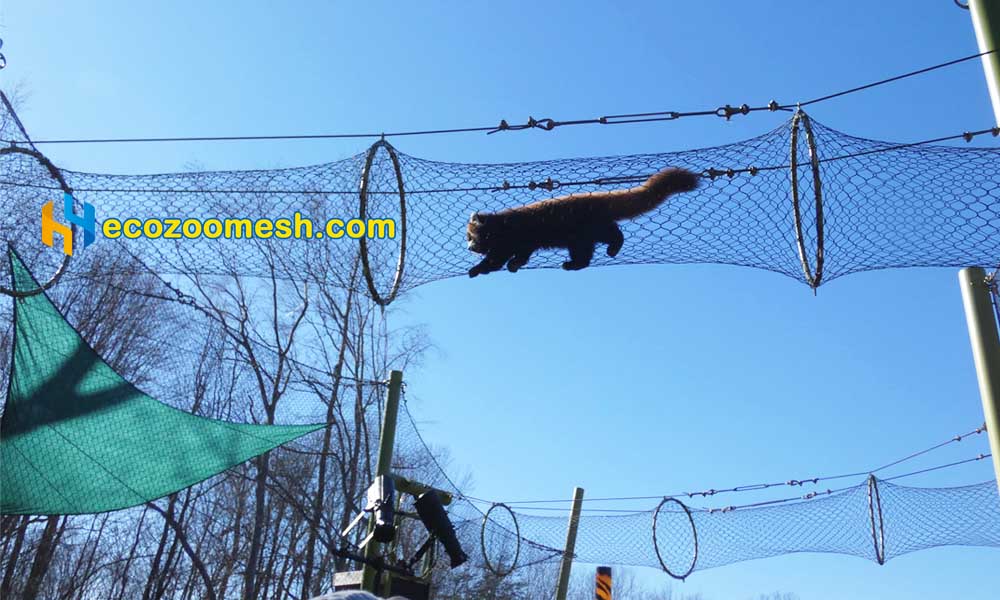
Considerations for Other Animals
Size and Strength: The mesh size and strength need to be adjusted based on the specific animal’s size, weight, and behavior.
Safety: The design must ensure that animals cannot become entangled or injured.
Environmental Enrichment: Considerations for how the netting can enhance the animal’s habitat and promote natural behaviors.
Overall, while the basic concept of netting can apply to various species, the design would need to be customized for each animal’s specific needs and behaviors.
Reliable supplier of monkey tunnel mesh
Hengyi Metal Ecological Mesh is the experts in manufacturering the monkey channel netting in stainless steel woven mesh and cable ferrule mesh. We supplied the zoo tunnel mesh to many zoos and parks before.
It is important to determine the diameter and load-bearing design of the channel according to the size of the animal. Typically monkey passage nets are between 50 and 100 centimeters in diameter. For small monkeys or small animals, such as lemurs and red pandas, a diameter of 50 centimeters is sufficient.
The hand-woven cable netting panel needs to be customized by the exact designing. Hengyi can make the customized cable mesh roll sizes for your project.

Please contact us for more details of the monkey channel netting.
Emails: [email protected] / [email protected]


